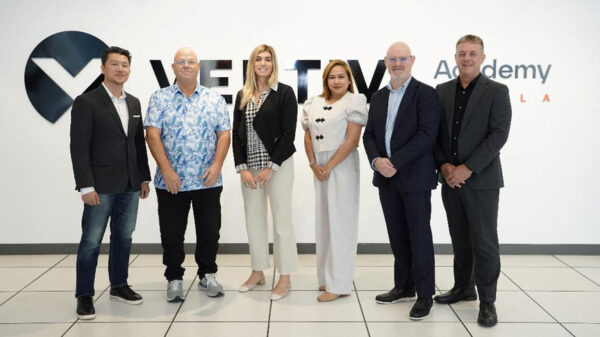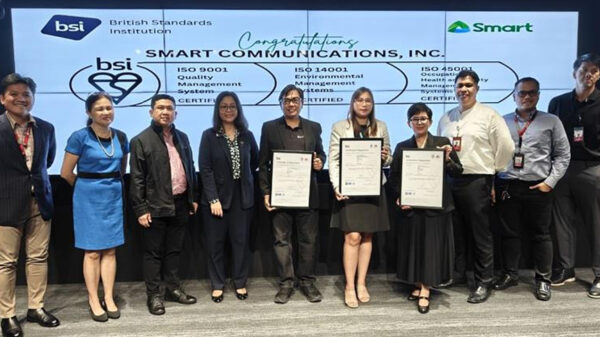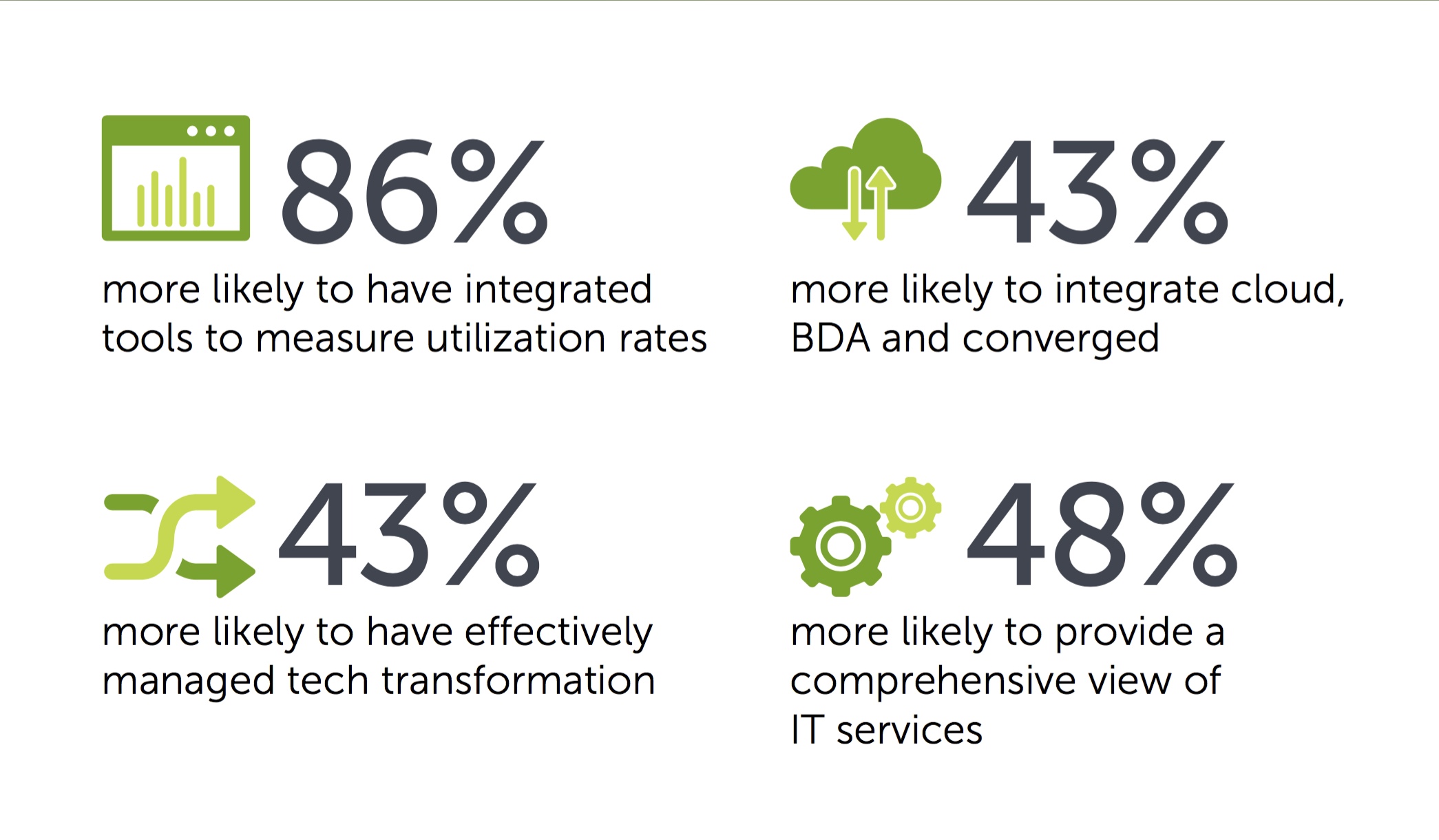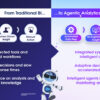There is a strong association between IT innovation and business results for organizations in Asia Pacific region, according to a global study by analyst firm IDC commissioned by Dell.
The most future-ready organizations in Asia Pacific and Japan (APJ) have achieved over 50 percent increase in customer satisfaction/retention and growth in revenue from new products. They also attained more than 40 percent increase in revenue or sales/bookings, on-time customer delivery, regulatory compliance, reduction in time to market for new products and services as well as new customer acquisition.
Another benefited cited by future-ready organizations is improved employee productivity by 39 percent.
Based on the ranking, IDC has classed 16 percent of all companies as Current Focused; 32 percent are Future Aware; one-third are Future Focused, while 18 percent are Future Creators. Future Creators are the most future-ready enterprises who lead with agile platforms and big data, while Current Focused organizations are defined as those that are still focused on traditional IT or still at the beginning of their technology journey.
“The Future Ready Enterprise Index has shown that the most future-ready organizations are able to successfully promote agility, scalability, and innovation in their business through the adoption of converged infrastructures, cloud, big data and analytics (BDA) solutions,” said Peter Marrs, Vice President & General Manager, Enterprise Solutions, Dell APJ.
“Mapping out four different stages in the future-ready journey, the white paper clearly highlights that being a ‘Future Creator’ in Asia Pacific is a clear competitive advantage, while staying ‘Current Focused’ tends to be a competitive disadvantage. Businesses that pay attention to where they are on their journey and adapt suitable practices within their unique business context will make the most of their technology investment,”
The Future Ready Enterprise Index has found that Current Focused organizations have little or no BDA strategy, and any BDA outputs typically have little or no influence on decision makers. In contrast, Future Creators have implemented enterprise-wide BDA strategy, with findings treated seriously by decision makers. Specifically in Asia Pacific, 98 percent of decision-makers from organizations which are “Future Creators” have access to BDA at the right time to a significant event compared to 58 percent of executives at a Current Focused organization. This has led to faster organizational reaction time to business events or changes, which has driven improved business outcomes throughout the company.
Cloud solutions enabling better use of infrastructure and data resources
Additionally, the white paper found that business units at Current Focused organizations do not execute IT-led cloud strategies, but instead use public Software-as-a-Service (SaaS), Platform-as-a-Service (PaaS), and Infrastructure-as-a-Service (IaaS) on an ad hoc basis. In contrast, Future Creators maintain cross-cloud catalogs, plus audit/security and data control.
Specific to APJ, over 50 percent of “Future Creator” organizations noted that cloud adoption has enabled BDA within their business, and most have seen more effective use of infrastructure and data resources. These have allowed the respondents to track usage and performance, leading to greater productivity and optimized outputs across the organization.
An example of a “Future Creator” organization that have successfully deployed cloud technologies to better utilize its IT and data resources is Samitivej Hospital in Bangkok. The leading private healthcare provider in Thailand operates a network of facilities and employs 3,000 healthcare professionals. Samitivej hospital has embarked on the future-ready journey by upgrading its IT infrastructure, such as data centre storage, Cloud Computing and Data Recovery. This enabled the institution to deliver better, faster, and more cost-effective patient services.
Converged Infrastructure optimizes IT and business assets
Heterogeneous IT infrastructures have become increasingly complex, leading to higher total cost of ownership, more time spent on management and maintenance, and slowdowns in service delivery. As organizations grow, new technology is often incompatible with the existing infrastructure, requiring rip-and-replace upgrades that come with steep learning curves and uncertain returns on investment (ROI).
“Future Creator” respondents from Asia Pacific highlighted greater resource utilization, greater IT staff productivity, improved business agility and flexibility to adapt to changes in the market as the top four benefits of hyper-converged infrastructures within the organization.
eResearch South Australia, a joint venture between the University of Adelaide, Flinders University and the University of South Australia, for example, has created an open-source cloud and high-performance computing infrastructure to improve its research methodologies. Becoming a “Future Creator” not only enabled these institutions to save cost, but empowered researchers with a tool to collaborate across vast spaces and multiple disciplines, share insights and gain access to the data they need to be more productive and innovative.



















































































































